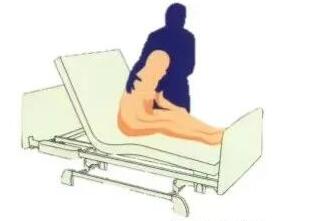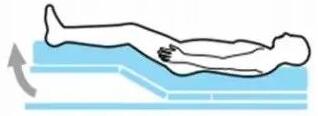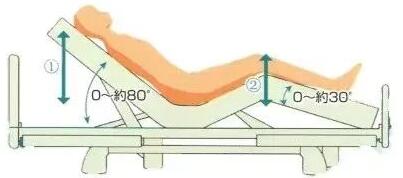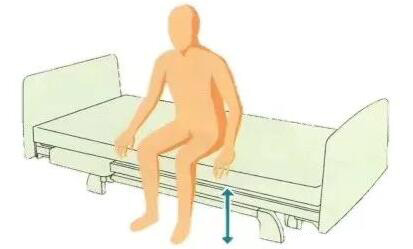May. 27, 2022
One-third of a person's life is spent in bed, among the many pieces of furniture, there is no furniture as long as the bed and the relationship between people, are so close. In today's emphasis on people-oriented everywhere, the "bed", a carrier of a happy life, its comfort or not is pivotal. For people with mobility problems, the role of the bed is even more unusual for people with functional disabilities who need to be in bed. They need a bed with special functions, we call it a "nursing bed". So, nursing beds, are you using the right one?
Sickbeds & Nursing Beds
In the early days, the function of nursing beds was relatively single, but as the standard of living improved, the aging population proliferated, people's needs for different ways of care, and the pursuit of quality of care, nursing bed manufacturers found business opportunities, and multifunctional nursing beds were born to meet the different needs of individuals.
Whether it is an elderly person with insufficient home care capacity or a patient who has difficulty turning, sitting up, standing up, and moving to a wheelchair, their daily life requires not only the care of family members and caregivers in many ways, but also some other activities of life, and the function of the nursing bed is to make the patient more comfortable and safer and then reduce the difficulty of care.
The back-raising function helps the elderly to sit up, and after sitting up, it is easy to carry out activities such as eating, feeding, meeting guests, and getting out of bed.

The knee lift function facilitates care of the user's lower body, promotes blood circulation, prevents joint stiffness, etc.

The back and knee linkage function can prevent the user from slipping and causing falls and pressure sores, which is also a function that most of the nursing beds on the market have.

The height lift function can help the elderly to lower the height of the bed when getting out of bed to prevent falls. It also facilitates the transfer of the bed and chair and standing up, helping the caregiver to use the correct nursing posture, and also increases the space under the bed for the use of medical equipment, making it easy to clean and maintain.

The name of the electric nursing bed sounds advanced, then the price is also relatively high, electric nursing bed for long-term bedridden elderly people with mobility problems is more suitable. It can help the user to turn over, and automatically clean up the urine and stool, because the user can adjust themselves, so it can also have a benefit to the user's physical and mental rehabilitation, the user will not feel that what they do need the help of others. It also reduces the burden for the escort and helps to take better care of the elderly.
Manual nursing beds are suitable for short-term messengers and can be chosen by users with low needs. Although the price is relatively low, they are not as convenient to use as electric nursing beds, and the burden on the escort is relatively heavy. Manual nursing beds are also divided into single and double shaking, which are selected according to the user's own needs.
Compared to hospital beds, the living design of nursing beds is more comprehensive, safer, and more comfortable with the same functions, which can improve the user experience and effectively reduce the workload of family members and caregivers, so that users like it and caregivers and family members like it more, so that caring for bedridden users is no longer a "chore".
The "bed-centered" creation of bedroom warmth is proposed after people's housing conditions are getting better and better, and the quality of life is more and more important, and the home care bed is designed to improve the comfort and safety of the private space of people with functional disabilities, convenience, beauty, practicality will also improve the physical and mental health and self-esteem of patients, so that dysfunction is no longer a burden.
